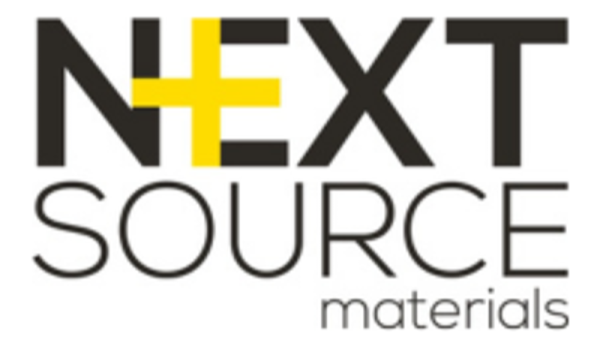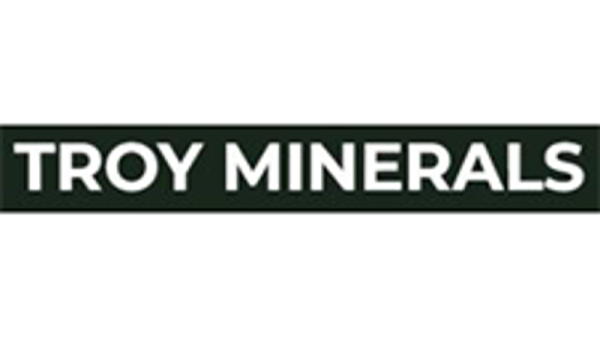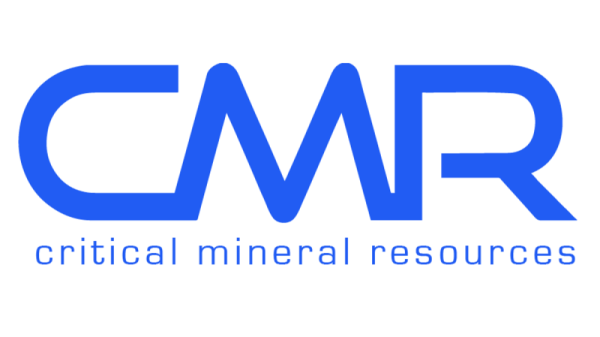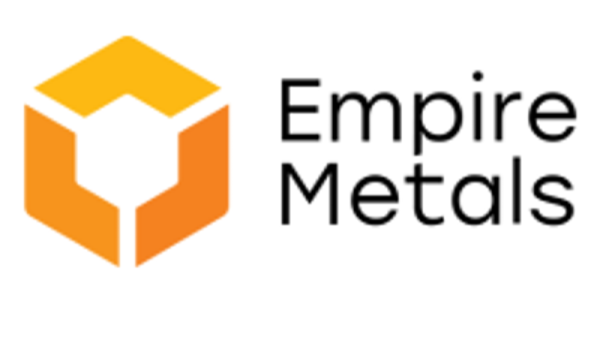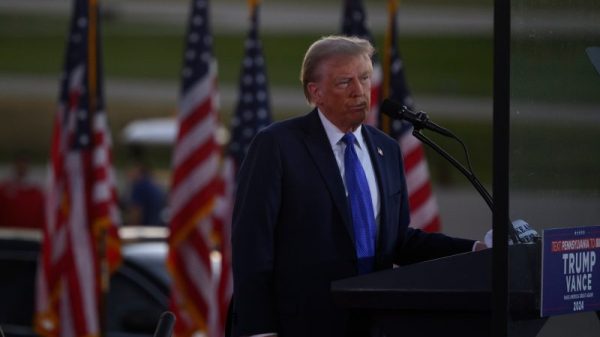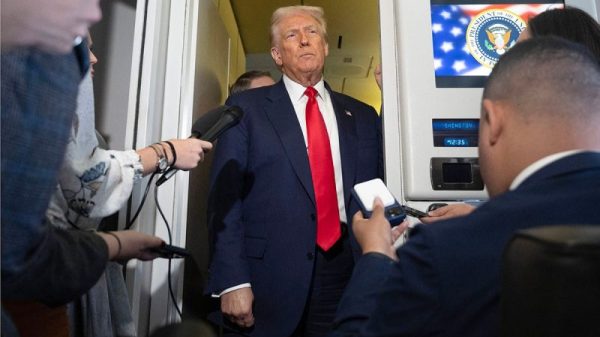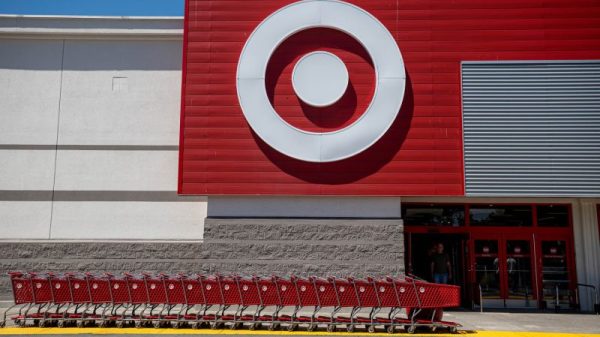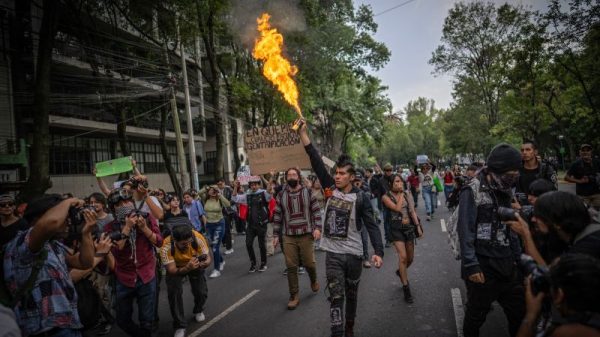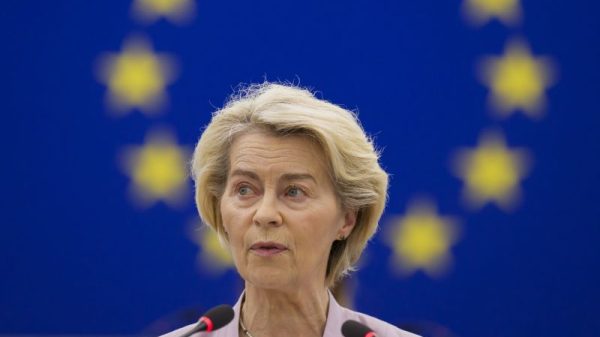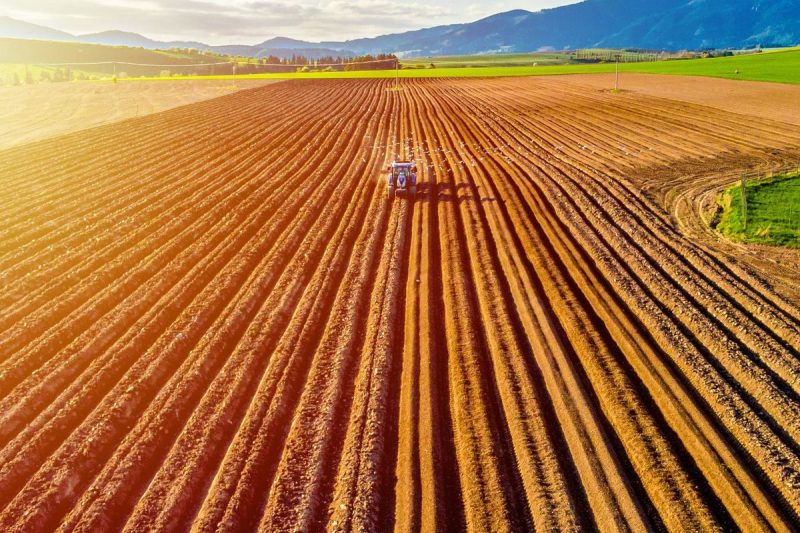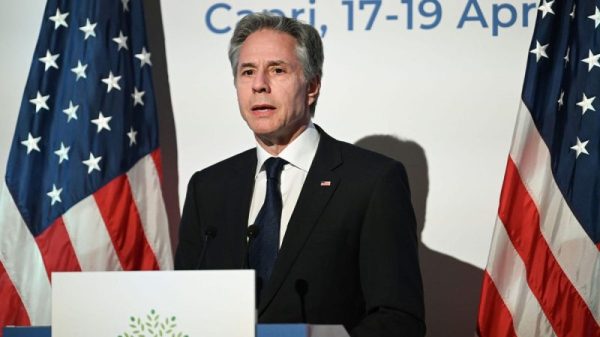Fertilizer prices continued to rise in Q2, driven by supply shortages as well as fallout from US tariffs.
According to data from the World Bank, the average quarterly phosphate price rose to US$673.20 per metric ton (MT) during the April to June period, up from US$600.50 in Q1 and US$536.70 recorded in the second quarter of 2024.
On a monthly basis, the price averaged US$715.40 in June, up from US$582.70 in January.
Potash prices have also gained since the start of the year, with the quarterly average rising to US$359.20 per MT from US$319.20 in Q1. The monthly price posted consistent increases, rising to US$363.13 in June from US$302 in January.
What factors impacted phosphate in Q2?
Phosphate prices have risen over the last several years as China, the world’s largest supplier, continues to impose export restrictions on the amount of fertilizers allowed to leave the country.
Between 2021 and 2024, China’s phosphate exports experienced significant declines, falling from 9 million MT to 6.6 million MT. Then, in December 2024, China halted new export applications for phosphate due to the rising cost of sulfur, which is necessary for separating phosphates from rock.
In an April 22 article, Josh Linville, vice president of fertilizer at StoneX, noted that during the first three months of 2022, China exported 950,000 MT of phosphate, but only 13,000 MT during the same period in 2025.
At the time, Linville suggested that even if there were to be a shift in Chinese policy during the second quarter, it might not lead to an increase in exports due to a lack of inventory in the country.
“It appears that while they have increased their urea export quota, the same is not expected for phosphate. We continue to believe that domestic demand has been raised due to a combination of agriculture and industrial demand spikes.’
India is among the main drivers of agricultural demand, and the country has been working to rebuild its stockpiles of fertilizer since they reached a low of 1.1 million MT in late 2024. With Chinese supply missing from the equation, importers have had to pay premiums to other major producers in Morocco and Saudi Arabia.
The result has led to a 44 percent increase in Indian imports, which are expected to reach 1.09 million MT for July and 2.16 million MT for the April to July period, while also pushing prices for phosphate upward.
Adding to market stressors since the start of the year are tariffs on products entering the US. As Linville pointed out, phosphate production is limited mainly to five countries: China, Morocco, Russia, the US and Saudi Arabia.
The US is not able to meet domestic demand and has been reliant on Saudi Arabia, which was free of tariffs until it came under the umbrella of Trump’s 10 percent baseline tariffs when he announced them on April 1.
However, given the tightness in the phosphate market, suppliers are unlikely to absorb any additional costs.
“Globally, supplies are very tight, and demand continues to be high, so global manufacturers can be picky about where they send their products. Given that they want to make more money, they are likely deciding to send the product to their highest netback location. Saudi Arabia has been heard telling US customers that they have no problem sending products to the US if they pay the tariff rate,” Linville explained. He added that the extra 10 percent on the current phosphate prices is a significant cost, and will ultimately flow down to US farmers.
What factors impacted potash in Q2?
Potash prices have steadily increased since the start of the year, but the market has been relatively quiet.
“Today, potash is seeing a little price support due to perceived tight supplies and large demand,’ said Linville.
Since the start of the year, potash prices have increased by 20 percent, rising to US$363 in June from US$302 in January. On a year-on-year basis, the June price is up 17 percent from the US$310 recorded in 2024. However, prices are far from the all-time high of US$1,200 set in April 2022 as supply lines were disrupted after Russia’s invasion of Ukraine.
With minimal potash production of its own, the US is reliant on imports. Traditionally, those have come from Canada, which is the world’s top supplier of fertilizer, but also to a lesser extent, Russia, which is number two.
While uncertainty remains about whether tariffs will have a direct effect on prices for potash, Linville suggested that there may be some cost increases stemming from this uncertainty.
“To date, Russia has not had a duty or tariff regarding potash, so the product has been allowed to flow freely. Our belief is that Canadian potash has never been subjected to an actual tariff rate given its standing on the North American trade agreements. However, with so much confusion regarding what is real and what is not out there, the fear that it might be included helped to push prices higher almost constantly since the start of 2025,’ he said.
‘Again, those prices make their way to the farm gate.’
New supply set to come online includes BHP’s (ASX:BHP,NYSE:BHP,LSE:BHP) Jansen mine in Saskatchewan. It was originally set to start production in 2026; however, in its Q2 operational review, released on July 18, BHP announced that the project costs had ballooned to the US$7 billion to US$7.4 billion range, up from US$5.7 billion.
The increase has impacted the project’s timeline. Up until the announcement, development was ahead of schedule and was expected to start in 2026, but it has since reverted to the original timeline that will see it begin in 2027.
Additionally, BHP said it was considering pushing the second stage of production back to 2031 while it undergoes a CAPEX review, citing the potential for additional potash supply coming to market in the medium term.
“The comment about the medium-term supply outlook was a rather small and inconspicuous part of the announcement, but I continue to believe it says loads more about the outlook,” Linville said about BHP’s decision to review stage two.
Potash and phosphate price forecast for 2025
The phosphate market is unlikely to change in the near term.
There isn’t much expectation that China will increase supply, and while there are some significant projects in the works, how many will enter the production is yet to be seen as demand continues to increase from the battery sector.
Linville sees a continuation of current trends, noting that the market isn’t in a place to recover quickly:
“A major discussion point has been surrounding demand destruction that is anticipated. The hope is that this will help values to fall. Unfortunately, I think the market continues to underestimate how bad of a shape phosphate is in.’
As for potash, Linville expects the market to maintain stability.
“My longer-term outlook is that potash values will see relatively little price volatility, and that lower prices should become common. However, the stage appears set for 2025. Summer fill programs have been successful. Demand continues to look good. Anything is possible, but it appears price structures for potash are stable to higher,” he said.
Securities Disclosure: I, Dean Belder, hold no direct investment interest in any company mentioned in this article.

